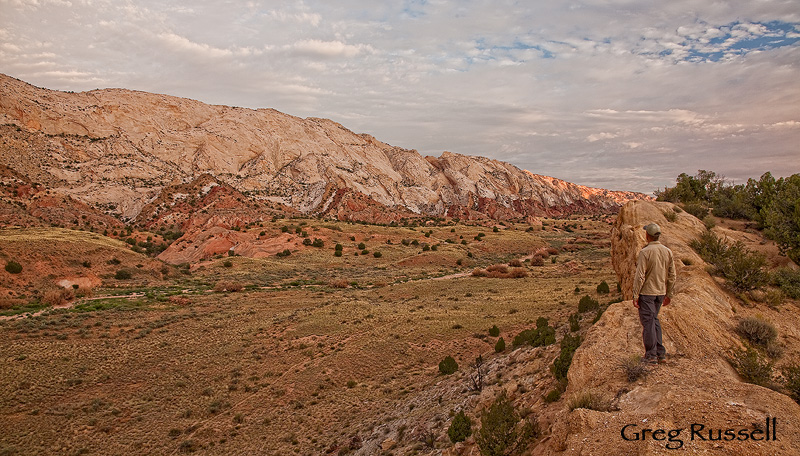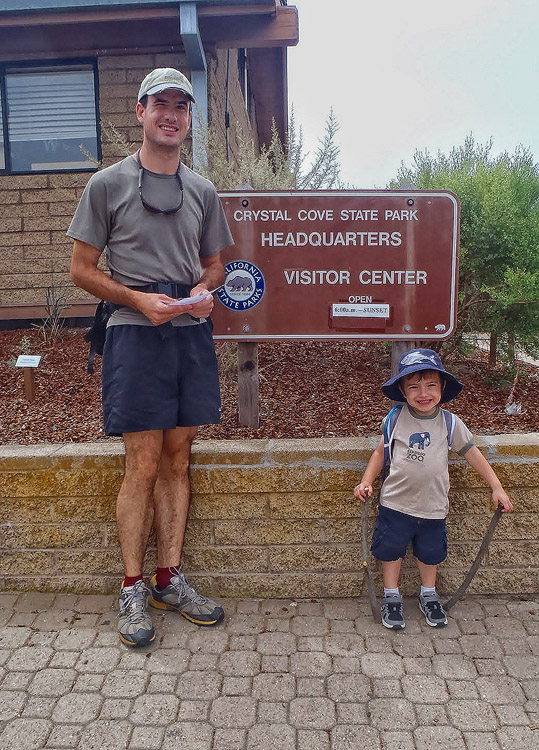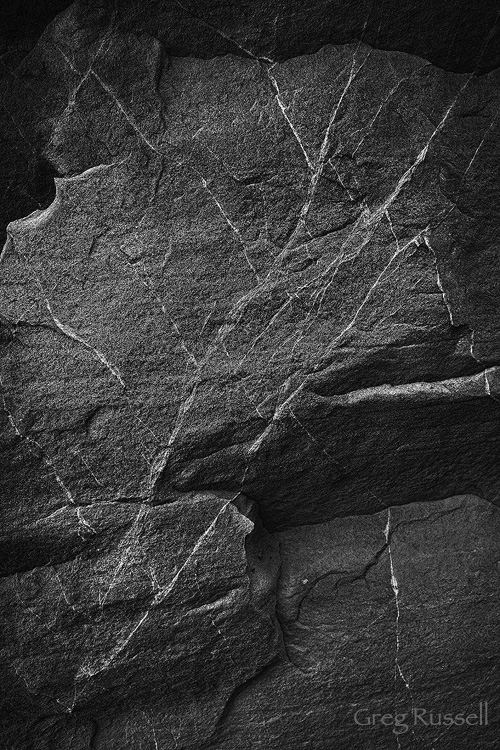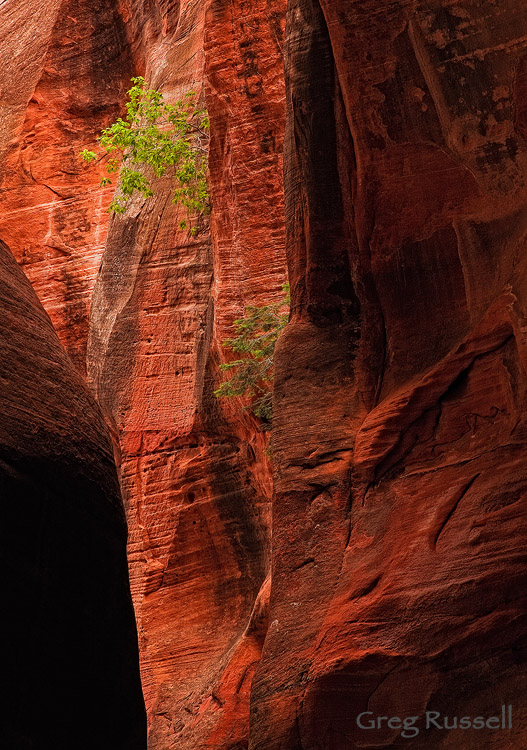For several months now, I’ve been contemplating a change in the format of my website, one which speaks more to my evolving style and vision as an artist. Over the course of the last few weeks, those changes have taken form, and I’m proud to announce the release of my new website. Please take a look, either at this link, or by using the tabs you see to your right.
Rather than showcase all of my images, I’ve attempted to choose a few select images that truly are “mine.” In that sense, Alpenglow Images is now a portfolio site, rather than the “stock” site it used to be. Call me sentimental, but I haven’t been able to completely abandon my old format; you can still view it at this link.
There are still bugs to be worked out, and I’d appreciate hearing about any you find. Many of them are simply due to my novice skills in coding a website, but I will try to get everything resolved in the next few weeks. In the meantime, please take the time to look around and enjoy the images; they all foster in me a deep sense of connection with the land. I hope they do in you, too.
I have to admit, too, that going through my image catalog, choosing these photos for my portfolio has allowed me to see clear themes emerge in terms of my style. I think its an instructive exercise that every photographer should do from time to time.
Here’s to reflection and self-examination.




